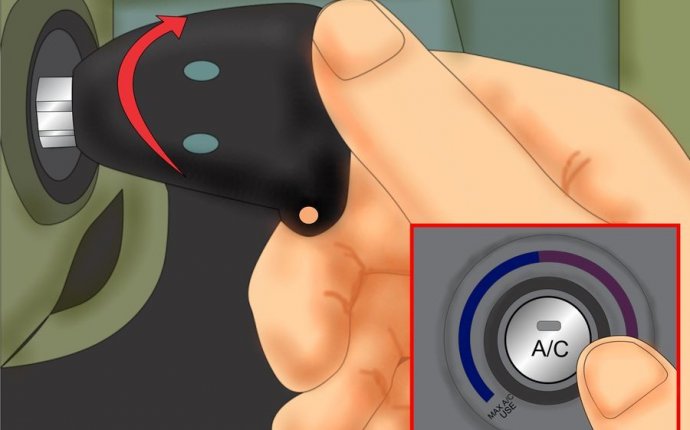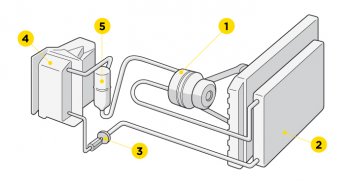
AC Pro car air conditioning
Sure, your car’s A/C (if it’s working correctly) turns hot air cold, which can feel miraculous on a sunny summer afternoon. But the way it cools that air isn’t as complicated as some people think.
As part of our ongoing efforts to help drivers understand what’s going on under the hood and potentially save money on simple repairs anyone can do, here’s a layman’s guide to how your vehicle’s air conditioner is supposed to work.

Parts of a Car A/C
There are five main parts of a car A/C:
- Compressor
- Condenser
- Thermal expansion valve or orifice tube
- Evaporator
- Accumulator or receiver/drier
Each of the parts is connected by tubing or hoses to form a closed loop. Through that loop runs refrigerant, which is what really does the work of cooling down the air.
The Refrigeration Cycle (Round and Round We Go)
The best way to explain how a car air conditioner works is to describe what happens to the refrigerant as it travels around the loop and through the different parts.
Since we’re talking about a continuous circle, there’s no official start or end point; everything happens at once. But we’ll start our description at the compressor; since that is the part you can most easily see when you pop the hood.
Step 1: Compressor
The compressor is a simple pump, which pushes the refrigerant through the loop. As it pumps the refrigerant, which at this point is a gas, it also compresses it (hence the name) and causes it to be under high pressure. The high pressure also causes the refrigerant to become very hot—hotter than the summer air outside.
Step 2: Condenser
The hot, high-pressure refrigerant flows through the high-pressure tube to the condenser. The condenser is in front of the car’s radiator, looks like the radiator, and basically does the same thing as the radiator: it uses the air flowing through it to cool the refrigerant. The hot refrigerant, which is normally a gas, condenses into a liquid as it cools (which is why it’s called a “condenser”).
Step 3: Thermal Expansion Valve or Orifice Tube
The now-liquid refrigerant flows through high-pressure tubing back toward your car’s dash, where it passes through a small valve. Depending on your car, this valve is called either a thermal expansion valve or an orifice tube it then changes back to a low-pressure gas.











